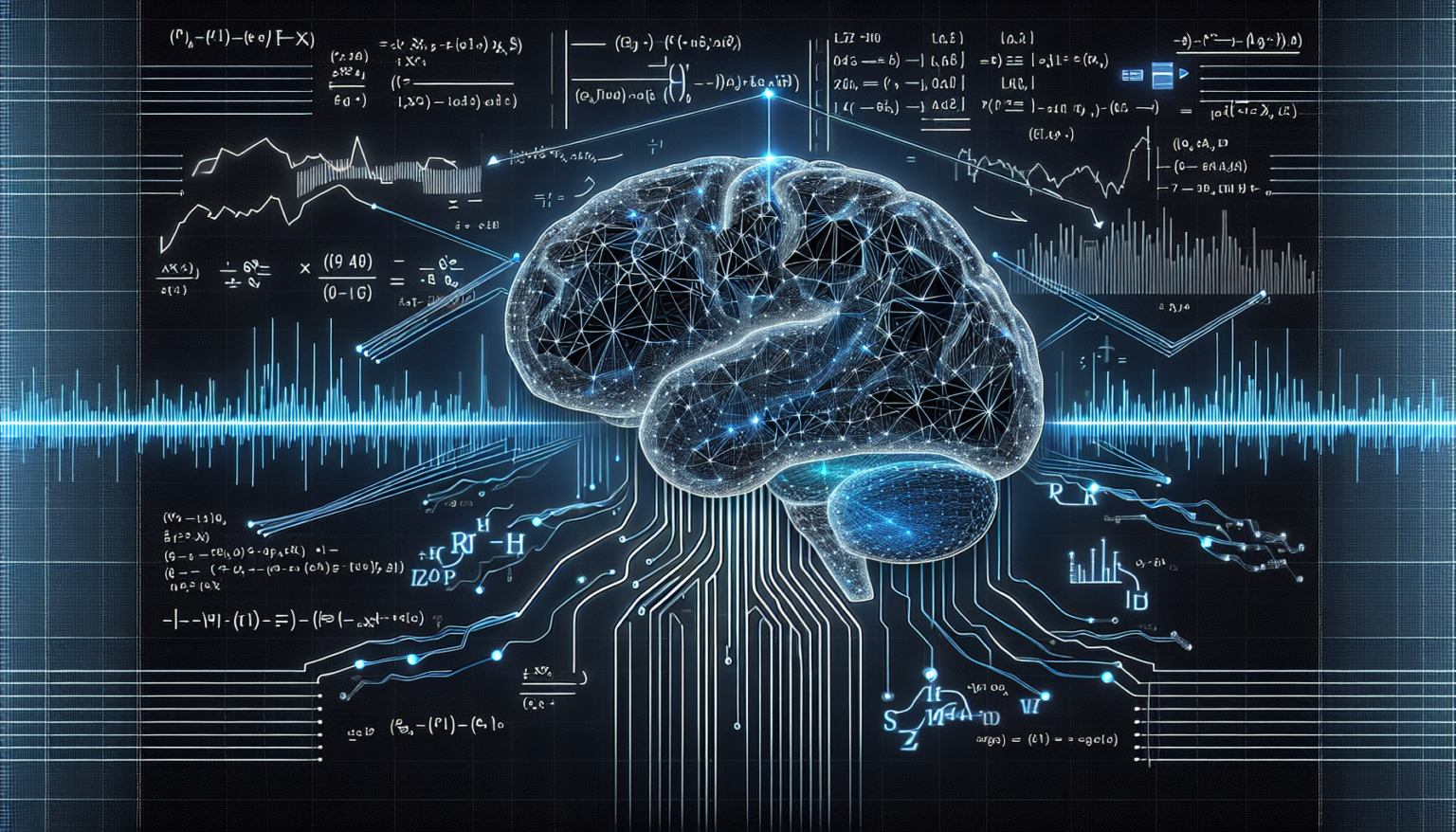Understanding Algorithmic Trading
What is Algorithmic Trading?
Algorithmic trading refers to the use of computer algorithms to automate trading decisions in financial markets. These algorithms analyze market data and make trades at speeds and frequencies impossible for human traders to achieve. The key benefits include minimizing human error, executing trades at optimal prices, and being able to analyze vast amounts of data in real-time.
The Role of Machine Learning
Machine learning (ML) plays a significant role in enhancing algorithmic trading strategies. By using ML, traders can analyze historical data, recognize patterns, and adapt to changes in the market. Rather than relying on fixed rules, machine learning algorithms can learn and improve over time, making them more resilient to market fluctuations.
Key Machine Learning Techniques in Trading
Supervised Learning
Supervised learning involves training a model on labeled data where the outcome is known. In trading, this could mean using historical market data with known price movements to identify patterns. For example, a supervised learning model might predict whether a stock price will go up or down based on specific features like trading volume, moving averages, or macroeconomic indicators.
Common Algorithms
Some common algorithms in supervised learning include:
– Linear Regression
– Decision Trees
– Support Vector Machines
– Neural Networks
Each of these algorithms has its own strengths, and the choice of which to use often depends on the nature of the data being analyzed.
Unsupervised Learning
Unsupervised learning, on the other hand, deals with unlabeled data. Here, models try to find hidden patterns or intrinsic structures in the input data. In trading, this can be useful for clustering stocks into groups with similar behaviors or detecting anomalies that may indicate trading opportunities.
Applications in Trading
Popular unsupervised learning methods include:
– K-means Clustering
– Hierarchical Clustering
– Principal Component Analysis (PCA)
Traders can use these methods to better understand market dynamics and improve their strategic positioning.
Reinforcement Learning
Reinforcement learning is another exciting application of machine learning for trading. It works on the principle of taking actions in an environment to maximize some notion of cumulative reward. In a trading context, a reinforcement learning agent can learn the best actions to take (buy, sell, hold) based on historical data and ongoing feedback.
How It Works
1. **Agent**: The trading algorithm that makes decisions.
2. **Environment**: The market where the agent operates.
3. **Actions**: Buy, sell, or hold.
4. **Rewards**: Profit from trades made by the agent.
Over time, the agent learns from its actions and refines its strategy, ultimately improving trading outcomes.
Strategies for Success in Using Machine Learning
Data Preparation is Key
Before deploying any machine learning model, data preparation is critical. Clean, well-structured, and relevant data will significantly enhance the model’s performance. This includes:
– Handling missing data
– Normalizing data
– Feature selection and engineering
Feature engineering, in particular, can involve creating new variables based on existing data that can help the model better understand the patterns in the market.
Feature Selection
Selecting the right features for your model can often dictate its success. Too many irrelevant features can lead to overfitting, where the model learns noise instead of meaningful patterns. Techniques like Recursive Feature Elimination (RFE) or using domain knowledge can help streamline the selection process.
Examples of Useful Features
– Technical indicators (e.g., moving averages, RSI)
– Macroeconomic indicators (e.g., interest rates, GDP)
– Sentiment analysis from news articles or social media
Backtesting and Simulation
Once a model is trained, backtesting is essential. This involves applying the model to historical data to see how it would have performed in the past. The focus here is on key performance metrics like:
– Sharpe Ratio
– Win Rate
– Maximum Drawdown
Simulations can further assess how the algorithm would respond in different market conditions.
The Importance of Risk Management
Risk management cannot be overlooked in algorithmic trading. Even the best models can experience drawdowns. Techniques such as setting stop-loss orders, position sizing, and diversifying across different assets can protect against catastrophic losses.
Continuous Learning and Adaptation
Financial markets are dynamic, and so should be your trading algorithms. Implementing mechanisms for continuous learning is vital. This can involve retraining your model regularly using new data and adapting it to changing market conditions.
Using Transfer Learning
Transfer learning allows a model trained on one problem to be adapted to another related task. For example, a model trained on one asset can potentially be fine-tuned to work on a similar asset, saving time and computational resources.
Challenges and Considerations
Data Quality and Availability
The quality of data used influences the performance of machine learning models. Issues such as data bias, inaccuracies, and limited historical data can lead to sub-optimal trading decisions. Always prioritize sourcing high-quality and accurate data.
Model Interpretability
Understanding how machine learning models make decisions is crucial, especially in high-stakes environments like trading. Many complex models, particularly in deep learning, can be black boxes, making it hard to interpret their behavior. Developing interpretable models or using techniques like LIME (Local Interpretable Model-agnostic Explanations) can help clarify decision processes.
The Ethics of Machine Learning in Trading
Ethical considerations surrounding algorithmic trading are becoming increasingly important. Issues such as market manipulation, and ensuring fairness and transparency should always be in the forefront. Being mindful of these concerns can foster trust and improve relationships with other market participants.
Technological Infrastructure
Lastly, having a robust technological infrastructure is necessary to deploy machine learning algorithms effectively. This includes:
– Reliable data feeds
– Scalable computing resources
– Low-latency execution systems
Investing in these areas can significantly enhance the overall efficacy of machine learning strategies in trading.
Conclusion
While the article does not contain a formal conclusion, the insights and strategies discussed highlight the potential of leveraging machine learning in algorithmic trading. By understanding the various techniques, implementing effective strategies, and addressing key challenges, traders can position themselves for success in the evolving financial landscape.








